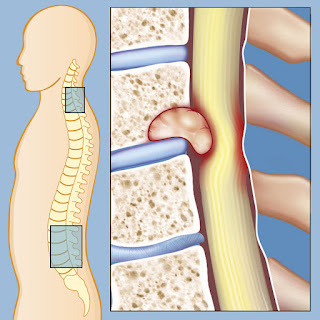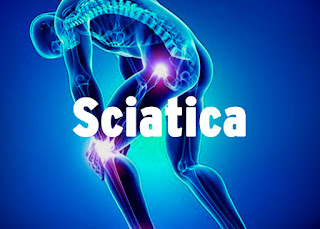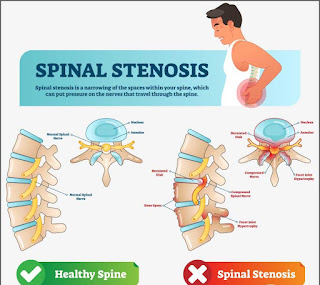Spinal Osteoporosis

Spinal osteoporosis means weakening of bones, with aging not as many cells are formed as they are destroyed. And if the nutrients for bones such as calcium, magnesium, vitamin D and are not included in your diet, then the weakening of bones becomes faster. In such a situation, a nutritious diet and physical exercise are necessary to keep your bones healthy. Symptoms of spinal osteoporosis No symptoms of osteoporosis seen in the early days. But it can detect when fractures occur in your hip, wrist or spine. Osteoporosis can be detected on certain symptoms. Loose gums: The gums become loose in this and teeth weaken in case, the density of jaw bone decreases. Loss of grip-ability: A lack of ability to hold anything from your hands is a major symptom of osteoporosis. Nail weakness: Weakness of the nail can also be one of the major symptoms of decreasing bone density. Shorten length: When the spinal cord becomes compressed then there is a slight reduction in the length




